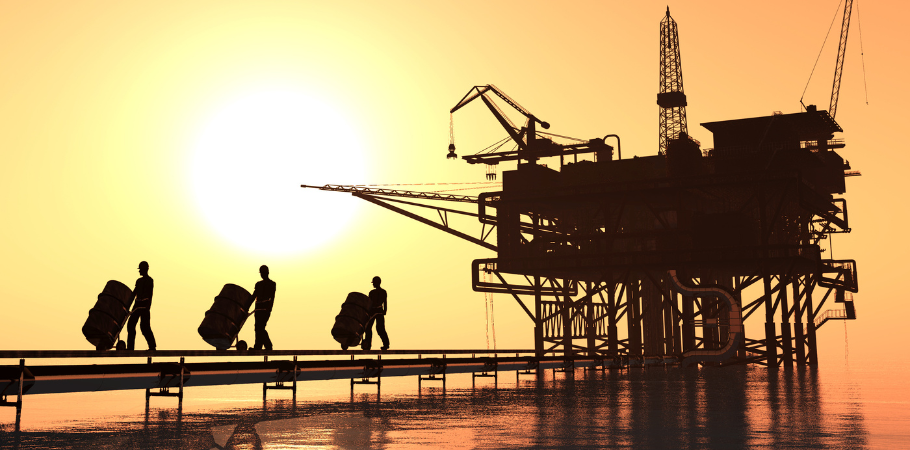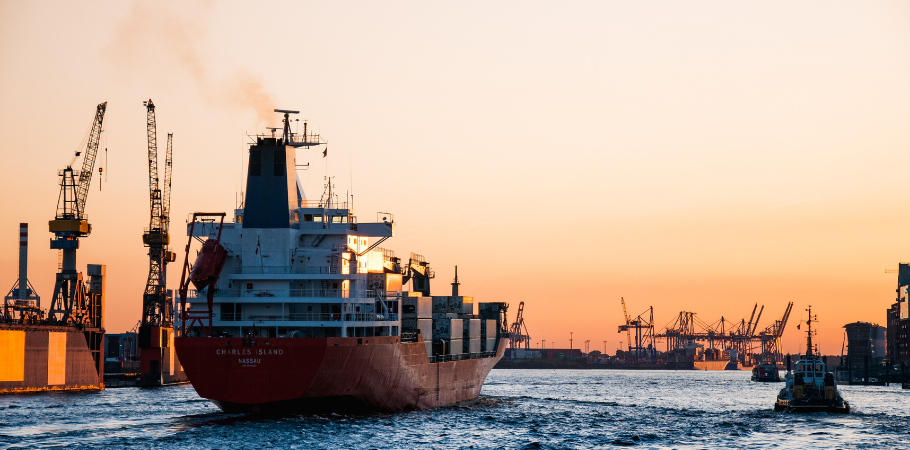
New global regulations aim for decarbonization in shipping. It is because the shipping industry must support global economic growth while reducing its 2% share of global emissions. Therefore, it faces intense pressure to decarbonize and keep up with rapid technological advancements.
The International Maritime Organization requires the industry to reach net zero by mid-century. Existing solutions can make significant progress but won’t be enough. Thus, rapid scaling of sustainable fuels is essential for full decarbonization.
This article outlines a roadmap for the future of sustainable fuels. In addition, it explains how the industry can quickly and affordably scale these fuels to achieve full decarbonization by mid-century, within a single vessel’s lifetime.
Decarbonization in Shipping: A Roadmap to Sustainable Fuels
Decarbonization has become a global imperative and a priority for governments, companies and society at large. The most important step for decarbonization in shipping is the shift to sustainable fuels. These fuels are biofuels, blue fuels, green fuels,…

By 2030, sustainable fuels will cost 3–5 times more than today’s fossil fuels. Strong regulations, like EU ETS and FuelEU Maritime, could lower this cost gap. Cost parity might be achieved by 2035.
Of course, no single fuel will dominate the market. Shipping requires a mix of fuels to meet different needs. Coordinated action among policymakers, industry, and operators is crucial. Additionally, developing production, infrastructure, supply chains, and technology for various sustainable fuels is essential.
In short, investing in sustainable fuels, regulatory incentives, and increasing demand will stimulate supply and reduce costs. The future may seem uncertain, but we can influence it.
Full Decarbonization in Shipping is Impossible without Alternative Fuels
Maritime transport, a cost-effective mode for moving large goods over long distances, is essential to global trade. However, it significantly impacts the environment, contributing 2% to global greenhouse gas (GHG) emissions. If the shipping industry were a country, it would rank 6th in GHG emissions.
Most ship engines use heavy marine fuel oil or marine gas oil (MGO). Clearly, these fuels emit carbon dioxide (CO2) and other pollutants. Electrification is challenging because ships need high energy over long distances without refueling opportunities.
A 2020 IMO study projected a 45% increase in the sector’s CO2 emissions by 2050 without intervention. Achieving net-zero emissions by 2050 requires about $5 trillion in investments for newbuilding and equipment upgrades.

Reducing vessel speeds by 30% and using all energy efficiency measures can cut energy demand by 15–27%. However, full decarbonization in shipping needs sustainable fuels. For example:
- Biofuels: Made from non-edible crops, wood, or agricultural residues, biofuels are set to grow significantly in the 2030s. This includes diesel-like biofuels, biomethanol, biomethane, and bioethanol. These days, bioethanol production is already significant in Brazil, the US, and the EU. Sustainable biofuels rely on biomass feedstocks like waste fats, oils, and greases, avoiding impacts on food security and land use.
- Blue fuels: Transition fuels like ‘blue’ ammonia will follow due to their simpler scalability compared to green fuels. Produced using fossil fuels with captured and stored carbon, they benefit from the oil and gas industry’s infrastructure.
- Green fuels: Our analysis suggests green synthetic fuels will be more available by the late 2030s or early 2040s. Made from hydrogen produced through electrolysis using renewable electricity, these fuels will come from regions with high solar and wind potential.
How to Accelerate the Shift to Sustainable Fuels to Achieve Decarbonization in Shipping
1. Policy
Decisive and predictable policies are essential to switch to sustainable fuels. These policies will signal demand to the industry, investors, and operators, unlocking infrastructure and driving innovation to reduce costs. Measures such as carbon taxes and emission limits are crucial.
The IMO’s MEPC 80 net-zero target and the inclusion of shipping in the EU’s Emissions Trading Scheme have set an example. MEPC provides a decarbonization timeline, while FuelEU Maritime and the EU ETS could bring cost parity between fossil and sustainable fuels in Europe by 2035.
To speed up progress, policymakers should:
- Deliver Certainty: Establish a science-based plan to phase out fossil fuels in line with IMO targets. This will create a consistent global timeline for investment decisions and send clear demand signals to fuel suppliers.
- Boost Cost Competitiveness: Implement a global marine fuel carbon pricing standard. This will encourage cost parity with fossil fuels and incentivize the adoption of sustainable fuels.
- Collaborate: Governments need to work together on innovation and infrastructure to scale sustainable fuels, avoiding regulatory loopholes. They should also engage closely with international bodies like the IMO to set global standards.

2. Industry Collaboration
Industry collaboration is key to scaling sustainable fuels for decarbonization in shipping. The shipping industry and its partners should:
- Pool Buying Power: Establish sector-wide procurement agreements to pool demand from multiple operators. This will lower fuel prices, reduce supply chain costs, ease administrative burdens, send clear demand signals to producers, and maximize access to limited supplies in a competitive market.
- Collaborate with Other Sectors: Work with leaders in aviation, heavy transport, and industry to create a global framework for sustainable fuels. This collaboration will inform producers about the required fuel compositions for each sector and optimize production pathways.
- Share Skills: Create an industry knowledge hub to share expertise, skills, and insights. This will support smaller operators, a large part of the global fleet, in accessing necessary resources to plan for sustainable fuels.
3. Individual Operators
For individual operators, the future may seem uncertain and overwhelming. However, they can prepare by focusing on efficiency, investing in fuel flexibility, and using their sustainability expertise to maximize fuel availability upstream.
In short, scaling sustainable fuels requires combined efforts from policymakers, the industry, and individual actors to demonstrate clear and predictable demand. Only then will supply follow, allowing us to navigate decarbonization in shipping with confidence.
Conclusion
The shipping industry must now seek to navigate decarbonization with confidence. The rapid adoption of sustainable fuels is imperative. However, the fuel mix, cost of deployment and operation, and the successful scaling of infrastructure will depend on the actions shipping stakeholders take today.
Looking at other sectors, such as energy, we see that once-new technologies have transformed from “the most expensive way to reduce carbon emissions” to “the cheapest electricity in history” in under a decade. This indicates that the shipping industry can also rapidly scale new energy sources and drive significant cost reductions in a short period.
Of course, decarbonization in shipping can only occur when policy, industry, and individual actors collaborate to create clear and predictable demand. Achieve this, and supply will follow, enabling us to navigate decarbonization with confidence.
We have the lifespan of just a single ship to get this right. But together, we can make it happen.


